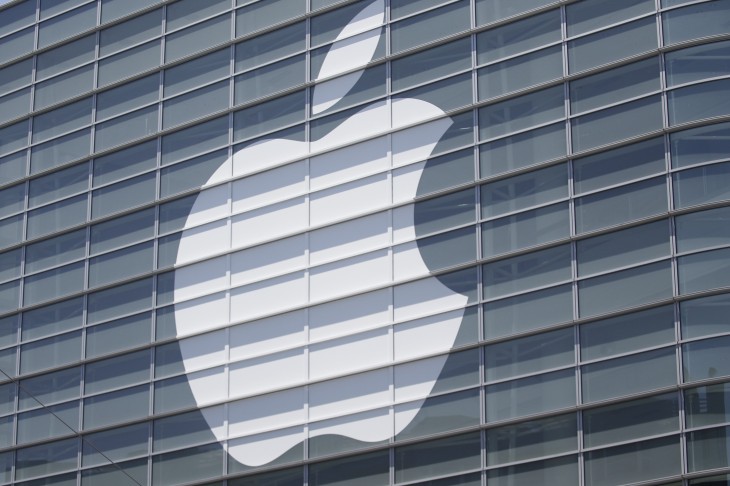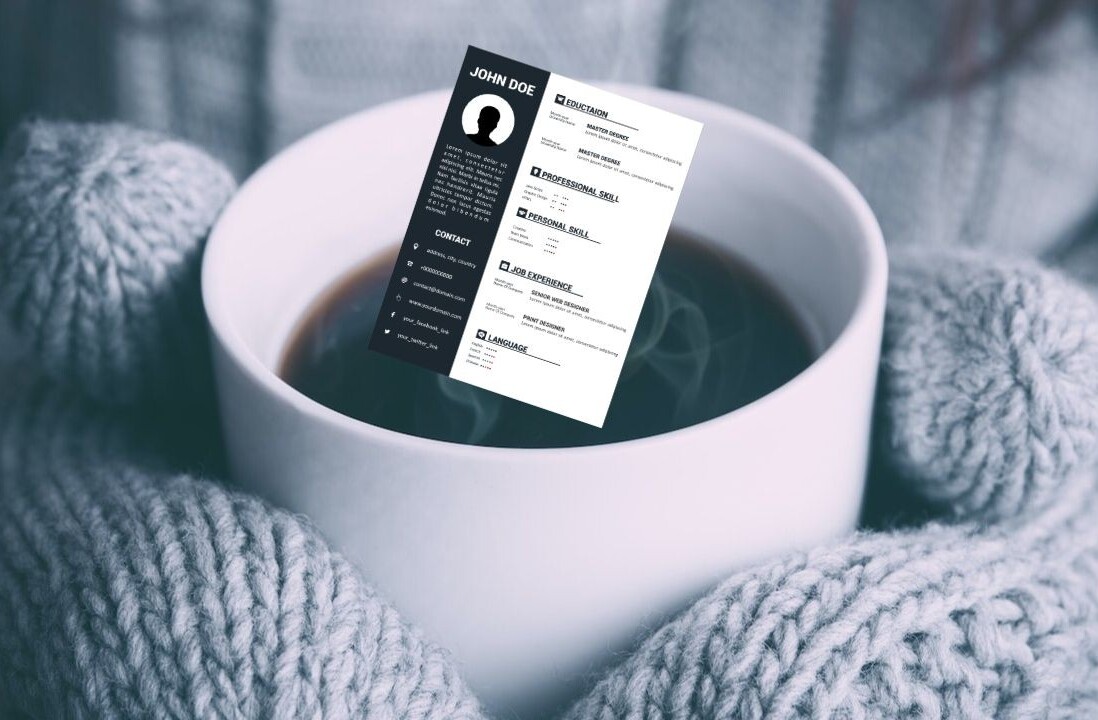
Brandon Watts is the Founder and Principal of Wattsware, which is a PR agency that mainly works with technology companies.
A common expression says one who is slow and steady will win the race, but apparently the tech industry didn’t get that memo. For many startups, moving slowly is viewed as a bad idea and because of this, these companies will trip over themselves in order to build minimum viable products as quickly as possible.
After all, the whole idea is to get a basic version of your product out there so that you can start learning from your users, right? Not so fast.
Many of us view Apple as a great example of a company that builds products that people want to use, but does it seem like Apple’s in a hurry to give us new products? Far from it.
In the case of the iPhone, smartphones were already on the market for a number of years. Even though Apple wasn’t the first company to offer a smartphone, the first iPhone ignited the mobile industry. The same thing can be said about the tablet market with the launch of the iPad.
When it comes to wearable devices, companies have been racing to launch as many different kinds of smartwatch models as they can. Even though the Apple Watch is supposedly late to the party, people are already declaring it as the winner before it’s even launched.
We can’t forget about the Apple TV, either. There have been rumors for years that Apple would eventually add an App Store to the device. Whether it actually will remains to be seen, but if it does indeed happen, we can be sure that it took the time to try to get it right even though another company in their shoes would have launched that feature at least a couple years ago.
You might be thinking that this slow product development approach can work for Apple, but it could never work for a small team trying to build a product. While it’s true that Apple is a massive and successful company that has earned the right to build slowly, startups can also try to follow this approach, at least to some extent.
Even though your startup probably isn’t going to be as big as Apple, it couldn’t hurt to try to imitate its example and take a walk on the slow side. Besides, the pressure to build and launch fast might just be something that you’ve manufactured in your own head.
At the same time, you also don’t want to go so slow that you become the next Clinkle. This is an example of a mobile payments company that raised tons of money and generated a lot of hype, but in the end, took years to build and launch a product that has so far proved to be disappointing.
While it took its sweet time, the competitive landscape advanced by leaps and bounds. By building at a snail’s pace in such a public way and failing to set realistic expectations as a startup, it set the course for a failed launch early on, and other startups can learn an important lesson from this.
Whether you’re building an entirely new product or a new version of an existing product, one way to experiment with a slower approach but avoid following Clinkle’s footsteps would be to do it in stages. For starters, you could even try to spend just 5 percent more time on product development. That’s not a lot of time, but it might encourage you to spend 10 percent, 25 percent, 50 percent or more extra time on development.
This approach won’t work for every startup, but it’s worth a try if you can make room for it. Instead of building four versions of a product that people don’t want, the extra time might enable you to build one version that people actually want to use.
Read next: Why ‘build it and they will come’ no longer works for mobile apps
Get the TNW newsletter
Get the most important tech news in your inbox each week.






